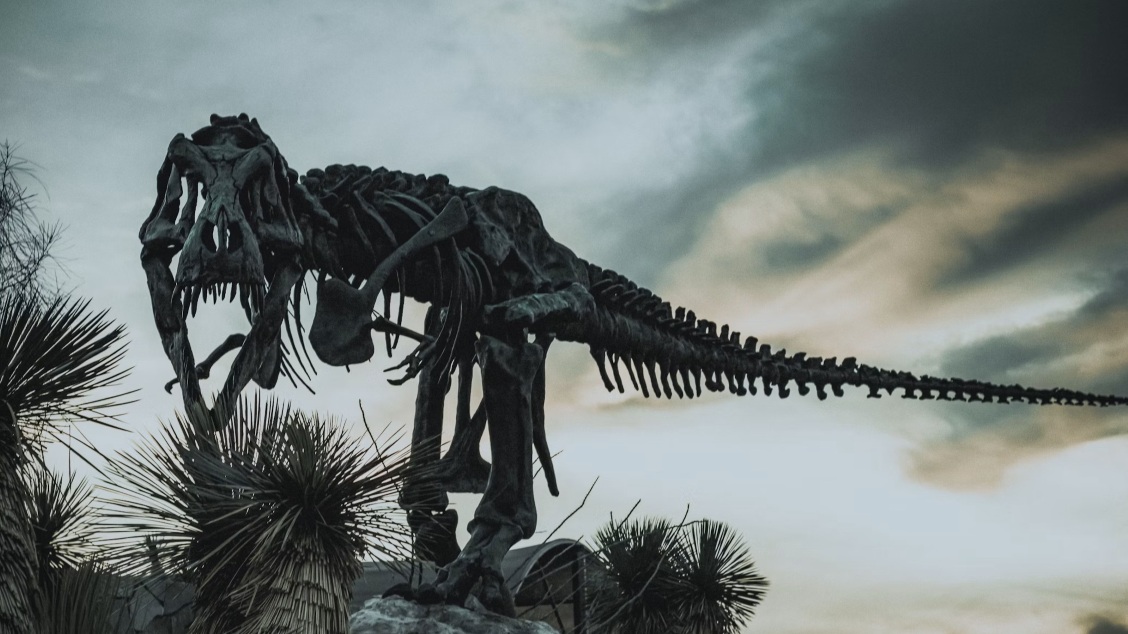
Scientists Create First-ever Visual of Dinosaur Movements in China
In a new study published in the Open Access journal Geosciences, researchers from The University of Queensland and China University of Geosciences present the first ever visual digital reconstruction of a potential dinosaur trackmaker walking along China’s longest 70 m trackway, known as the Hanxi Cretaceous tracksite.
“For the first time, this dinosaur’s movements have been reconstructed step by step, revealing how it walked, changed pace and responded to its environment,” Dr Romilio, author of the study and palaeontologist at the University of Queensland.
Trackways are distances consisting of continuous fossilised footprints that demonstrate ground covered by dinosaurs. Analysis of these trackways provides valuable information about the species in question, such as their morphology, locomotion and living behaviour.
Research on dinosaur trackways
Previous research on dinosaur trackways has been well documented across the globe, including that in America, Europe, Central Asia, Europe and more recently the UK. Analysis of the sites has provided humans with information on the movements of these extinct species and how they interacted with the environment, tracing all the way back to the Mesozoic Era, around 66 million years ago.
Humans also gain insight into dinosaur biology through the analysis of other types of fossils, such as bones, teeth and impressions of skin in bones. The study of fossils is broadly termed as the field of palaeontology and significantly contributes to our understanding of evolution, as we learn more about the intricacies of extinct species.
A trackway formed in the Mesozoic era is an extraordinary snippet of preserved history. Footprints are thought to be preserved due to natural events such as a storm, which causes sediments to settle on top of the valuable markings. This sediment is compressed and hardened over time, turning into a fossil, enabling us to grasp some idea of what life was like during prehistoric times.
What do trackways reveal?
Scientists gain valuable information from dinosaur trackways via multiple techniques, such as geospatial mapping. In the discussed study, researchers analysed the length between each footprint to see how long the stride is and took trackway parameters . Furthermore, the detailed dynamics of the animals’ movements were also calculated using computer programming software, providing information such as:
- Relative strides
- Speed
- Step frequency
- Step duration
- Total time on the tracksite
- Speeds during gait transitions
Using these valuable metrics helped create a visual of how a dinosaur may have moved through time and space millions of years ago.
Digital analysis of the Phoenix trackway in China
The trackway, named HX-T3, consisted of 80 consecutive footprints across 70 metres in Sichuan Province, China – the longest theropod track documented in East Asia. Analysis of these footprints revealed detailed information of the exinct dinosaur, and the researchers were able to produce a video exhibiting the exact way it may have walked approximately 128–83.6 million years ago.
“Through digital animation, we can observe that moment as it unfolded, getting unprecedented insights into the animal’s behaviour and biomechanics. The footprints show this dinosaur moved at a steady 5.3 km/h, which is equivalent to a brisk human walk, and then briefly accelerated into a light trot before returning to its regular pace. This wasn’t just a dinosaur wandering aimlessly, it was moving with purpose in a nearly perfectly straight line.”
Analysis of this trackway provides valuable insights from the late Hauterivian , as fossils from this period are rare. These periods are part of the Cretaceous era, which is the last part of the Mesozoic era. The type of organism that made these footprints along the trackway can only be determined by skeletal fossils specifically, of which none were identified. Therefore, the researchers used other fossils to infer the trackmaker’s morphology. In this study, they used the Yutyrannus Huali as the model organism.
Trackways reveal details about dinosaur locomotion
The study took direct measurements of trackway parameters to determine the animal’s physical characteristics. The authors emphasised the value, precision and reliability of using the direct measurements to learn more about the species’ movements and qualities, rather than trackmaker biometrics, which are only used to interpret the characteristics of the animal.
From the analysis, the researchers found specific irregularities between step parameters, prompting further questions about the reasons behind the anomalies. One of these irregularities suggested the track-maker had a bent leg and hence, an irregular gait. Changes in relative step values altered the reference for hip heights, which suggested specific details on how this particular theropod may have moved.
“Our entirely digital approach allows us to capture, interpret and preserve all the measurements and calculations of fossil track sites on a computer to provide a glimpse into the dynamic life of an ancient creature.”
The study highlights the immense value of thoroughly analysing trackway sites, whilst also revealing how digital documentation can help visualise and communicate findings more efficiently, propelling future research on extinct species.
To read more about research like this, access articles published In the journal Geosciences or Fossil Studies. Alternatively, you can access the list of MDPI journals, where all articles are free to read immediately.










